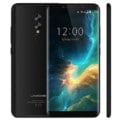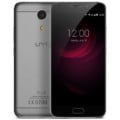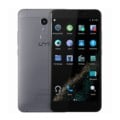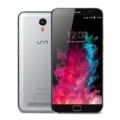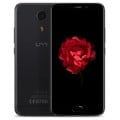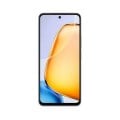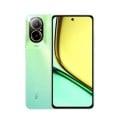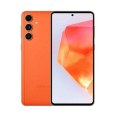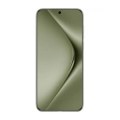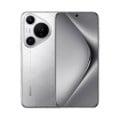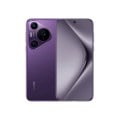Umi Max
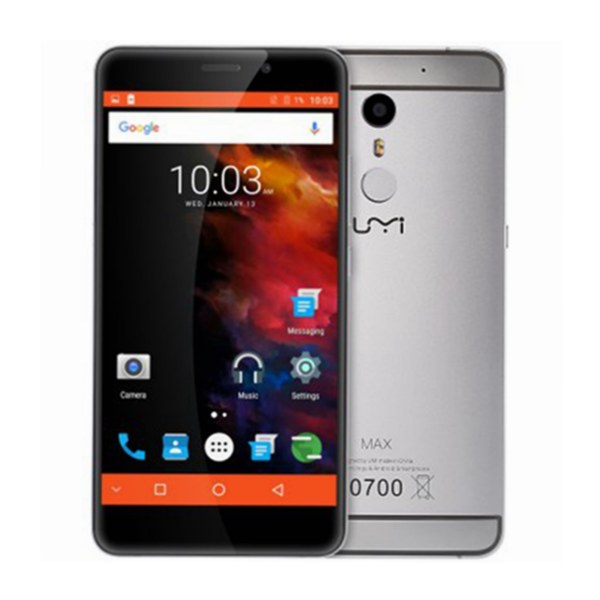

-
Processor: MTK Helio P10, Octa Core, 1.8GHz
-
RAM: 3GB RAM
-
Storage: 16GB
-
Display: 5.5 inch Corning Gorilla Glass 3 FHD screen
-
Camera: Back camera 13.0MP with flashlight + front camera 5.0MP
-
Operating System: Android 6.0
August 5, the long-awaited UMi Max was finally officially released, priced at an extremely attractive $169.99. The UMi Max follows the UMi Super trail and offers the same high quality components, apart from the RAM that is reduced from 4GB to 3 GB and the internal storage that reduced from 32GB to 16GB.
The UMi Max supports storage expansion by up to 256GB via its microSD slot. This means that besides your apps and games, you should be able to store a lifetime’s worth of pictures, videos and other data on the phone without having to worry about storage. Let’s see the whole specs list.
UMi Max specifications
● 5.5-inch Sharp Sunlight Screen
● MediaTek MT6755 Helio P10 processor
● 3GB RAM
● 16GB ROM
● 5MP Front + 13MP Panasonic Rear camera
● 4,000mAh Sony Battery
● 0.1-0.3s Fast Fingerprint Sensor
● USB TYPE-C interface
● HiFi audio + support for up to 256GB of storage expansion
● 7-color breathing light on home button (Halo)
● Pure Android 6.0 Marshmallow
● Color options: Gunmetal Gray and Bling Gold
Umi Max - SPECIFICATIONS
General
-
ModelUmi Max
-
Released05-08-2016
-
StatusAvailable
Design
-
Type Design Type called form factor refers to a mobile phone's size, shape, and style as well as the layout and position of major components of phone. There are three major form factors seen in mobile phones => bar phones, folding phones and sliding phones.Bar
-
Dimensions15.08 x 7.50 x 0.85 cm
-
Weight204g
Display
-
Display Type Display Technology => A number of display technologies and types used in mobile phones => TFT (Thin Film Transistor), IPS (In-Place Switching), OLED (Organic Light Emitting Diode), AMOLED (Active-Matrix Organic Light-Emitting Diode), Super AMOLED (an even advanced version of AMOLED), Resistive Touchscreen (Resistive touchscreens contain two layer of conductive material with a very small gap between them which acts as a resistance), Capacitive Touchsceen (Capacitive touchscreen technology consists of a layer of glass coated with a transparent conductor)2.5D Arc Screen,Corning Gorilla Glass 3
-
Size5.5 inch
-
Resolution1920 x 1080 (FHD)
-
Touch ScreenYes
-
FeaturesCapacitive touchscreen
Hardware
-
RAM (Memory) RAM (Random Access Memory) is a type of computer memory that can be accessed randomly, any byte of memory can be accessed without touching the preceding bytes that allows information to be stored and accessed quickly from random locations. RAM is the most common type of memory found in computer systems, smartphones, tablets and other electronic devices.3GB
-
Internal Storage Internal Storage is a data storage space (flash memory) mostly used in smartphones, tablets and other electronic devices where operating system, apps, music, photos, videos, files and other user data Is stored.16GB
-
Memory Card Slot Memory Card Slot is a special slot for inserting a memory card. Memory cards allow you to expand the phone's built-in memory, A memory card (sometimes called a flash memory card or a storage card) is a small storage medium used to store data such as text, pictures, audio, and video, for use on small, portable or remote computing devices such as mobile phones, mp3 players, digital cameras.Dual SIM,Dual Standby, TF card up to 256GB Network
-
Sensors Sensors are electronic components that detects and responds to some type of input from the physical environment. The specific input could be light, heat, motion, moisture, pressure and location, The output is generally a signal that is converted to use in computing systems, a location sensor, such as a GPS receiver is able to detect current location of your electronic device.Accelerometer,Ambient Light Sensor,E-Compass,Gravity Sensor,Proximity Sensor
Software
-
Operating System OS => Every computer system run on a base software called Operating System (OS). Operating System controls all basic operations of the computer (such as smartphone, PDAs, tablet computers and other handheld devices). The Operating System allows the user to install and run third party applications (apps), apps are used to add new functionality to the device.Android 6.0
-
User Interface UI or user interface of a device is the look and feel of the on-screen menu system. How it works, its color scheme, how it responds to button presses, all of these things are part of the user interface.I/O
Camera
-
Rear Camera Camera is able to capture photographs and usually videos, The most important characteristics of a camera are the resolution (measured in megapixels), lens focus type (fixed or automatic), higher megapixel cameras are known to capture higher quality photos, but not always a good measurement of the photos quality.13.0MP
-
ImagePicture format: BMP,GIF,JPEG,PNG
-
VideoVideo format: 3GP,MP4
-
Flash Flash Light => There is commonly two types of flash lights are used in camera mobile phones, LED Flash (LED flash offers lower power consumption with drive circuitry that takes up very little room, LEDs can be strobed faster than any other light source), Xenon Flash (xenon flash produces an extremely intense full-spectrum white light for a very short duration)Dual flashlight
-
Front Camera5.0MP
Network
-
SIM SIM (Subscriber Identity Module) is a small card that contains mobile network subscriber's account information. This allows the phone using the card to attach to a mobile network. The SIM card is most commonly associated with GSM and UMTS mobile networks. Moving a SIM card from one phone to another allows a subscriber to switch mobile phones without having to contact their mobile network carrier. SIM cards can also be used by a phone to store limited amounts of data, such as phone numbers and text messages.Standard SIM
-
Dual SIMDual Micro SIM Card
Connectivity
-
Wi-fi Wi-Fi is a popular wireless networking technology using radio waves to provide high-speed network connections that allows devices to communicate without cords or cables, Wi-Fi is increasingly becoming the preferred mode of internet connectivity all over the world.802.11a/b/g/n wireless internet
-
USBType-C
-
GPS GPS The Global Positioning System is a satellite-based radio navigation system, GPS permits users to determine their position, velocity and the time 24 hours a day, in all weather, anywhere in the world, In order to locate your position, your device or GPS receiver must have a clear view of the sky.Yes
-
NFC NFC (Near field communication) is a set of standards for smartphones and similar devices to establish peer-to-peer radio communications with each other by touching them together or bringing them into proximity, usually no more than a few inches.No
-
Headphone JackYes
Battery
-
PlacementBuit-in Capacity
Media
-
Video Playback3GP,MP4
-
FM RadioNo
-
LoudspeakerYes

